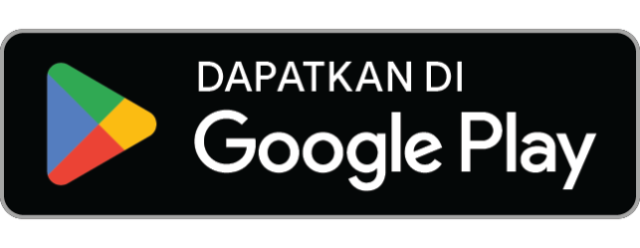What is adaptive learning?
Adaptive learning is a learning design that prioritizes learners’ needs by giving them tailored learning resources, clear direction, and quick feedback. Tailored learning resources are made based on the learners learning styles. It sounds like personalized learning. However, personalized learning is about customizing learning content to suit differing abilities. Adaptive learning emphasizes the use of technology to monitor learners’ progress and use that data to adjust the learning pathway to fulfill what learners already know, what they need to know, and how to learn it best. So, adaptive learning is about technology and materials that make for a more relevant and personalized learning experience. By the way, technology-based-adaptive learning through a learning management system (LMS) will enable the learners to get quick and real-time feedback.
Adaptive learning for learning in the flow of work
Employees’ training and development programs are necessary for the sake of company growth and revenue quality. The company should give upskilling and reskilling training for the employees to make the company stay competitive. Based on a survey conducted by Randstad Singapore, 27% of Singapore employees said that they want to get an opportunity to improve their skills. However, only 15% of the respondents said that their employers get reskilling. Fortunately, Singapore companies are now continuously growing the upskilling and reskilling program for their employees through learning in the flow of work.
Learning in the flow of work means accessing learning content quickly and easily while working. Of course, it can be done effectively via technology like LMS. Sadly, this kind of program met several problems such as employees’ dampened enthusiasm for training because of the generalized teaching approach, broad content, and rigid schedule. Besides, it is hard for employers to analyze the organization’s data and monitor individual learning progress manually. So that’s why implementing adaptive learning in an LMS is the solution. It will make learning and development accessible wherever and whenever, relevant to day employees day to work, more personal, and can be repeatedly learned.
How to implement adaptive learning in LMS?
Talking about online learning via an LMS doesn’t mean that the trainers or teachers lost their work. The one who will teach is still a teacher or trainer, not the technology. They are the ones who will prepare the learning content. The technology functions to distribute the learning content and as the learning aid to make learning more appealing. The trainers or teachers can accomplish the following actions to implement adaptive learning into an LMS.
Create various learning content
The first important thing is to create learning content in various formats. It means there should be different formats of content for the same material or module. It indeed requires extra time, resources, and energy. But it will help the learners cater to their needs because some will learn best through videos. Other learners will feel enough to learn a concept by listening to audio. Some will learn best by looking at the pictures or text and then making a note. On the other hand, some learners will learn best by reading the text and highlighting prominent pieces of information. Therefore, you can vary the content based on the learners learning styles such as video, audio clip, ActiveTextbook, or another attachment containing an image and diagram.
Content delivery
You can decide to conduct complete asynchronous learning where learners and teachers or trainers should not be online and meet at the same time, synchronous learning where both should be online at the same time, or a hybrid method where learners may go through the content based on their pace but some video conferencing are still set synchronously.
The assessment
You can perfect your work by preparing the assessment to measure learners’ competency based on how they learn best. For example, give the choice of whether they will answer quizzes, create a presentation, write a paper, or create a video. Yet, it needs extra work to prepare the assessment criteria. As a solution, you can make interactive quizzes that enable you to insert videos, images, diagrams, or tables. Therefore, the learners will be able to comprehend the questions easily based on their learning style.
The benefit of adaptive learning with LMS integration
It is more engaging because the learning content and assessment are interactive and facilitate the learners learning styles. Hence, they will be able to learn best and master the lesson. When the learners feel they can master the material, they will be enthusiastic to be engaged.
It is more efficient because adaptive learning uses comprehensive data analytics and reports to demonstrate learning gaps for addressing areas that need to be improved.
It is flexible as the learners can choose the learning content in various formats to learn the same lesson. They are flexible in choosing which content will make them study best. On the other hand, they can learn it based on their pace. They can access the learning content wherever and whenever they need.
In conclusion, integrating adaptive learning in an LMS will effectively support learning in the flow of work. As employee learning and development are urgent for the company’s growth, adaptive learning will enable the employees to learn more flexibly based on their pace and learning style, efficiently without disturbing their working hours, and still be engaged.


0 Comments
Leave A Comment